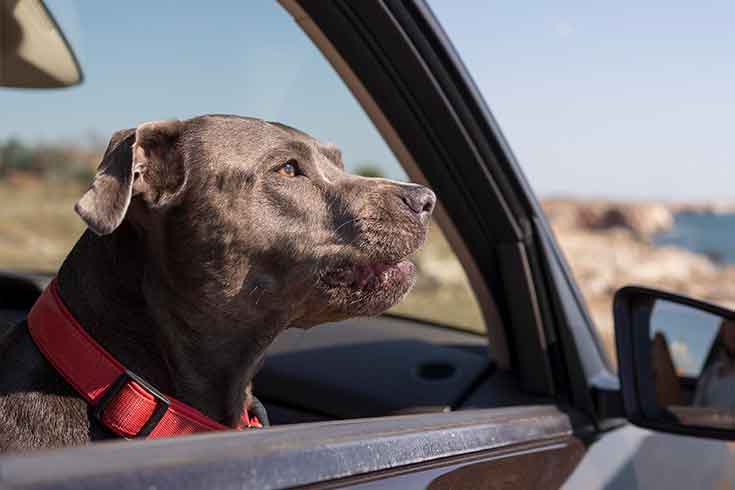Whats the topic for today?
Today’s interesting topic is all about URINE!
Great! I’ve always wanted to know lots about urine. Why do vets get so excited about these things?
You can tell quite a lot about an animal’s health simply by checking out its urine. A urinalysis is a quick cheap screening test that can rule out lots of problems.
So what are you looking for in a good urine sample?
Well before we even look at the urine we ask the owner lots of questions about their pets urination habits as that can give us valuable information. We need to know how frequently the pet urinates, how big the volume is and if there is any straining. Basically we want to know if anything has changed about their pet’ urination habits.
What sort of problems are you looking for?
An increase in volume of urination can indicate kidney disease or hormonal problems like diabetes whereas an increased frequency can be due to a urinary infection.
What do you look for in the urine itself?
Firstly we look at the colour and whether it is cloudy. A good sample will be a clear yellow colour. Any cloudiness could indicate infection. We then smell it!
Urine should have a good nose then?
A good quality fresh dog urine should be pretty odourless and a strong ammonia smell suggests infection. Its normal for cats urine to smell of …….. well cats urine.
What sort of tests can you do on urine?
Lots. The first test is to measure its concentration. Very dilute urine indicates possible kidney or hormonal problems whereas very concentrated urine tells us that the kidneys are working very well but that the animal may be dehydrated.
What else can you tell from urine?
We measure the pH. Alkaline urine often indicates infection. Cat and dog urine is usually mildly acidic. Bladder stones can develop in the bladder if the pH is incorrect and we sometimes have to use special diets to control the pH of the urine.
Bladder stones sound painful!
They can be very irritating to say the least. We also check urine for glucose and ketones as these can be elevated in diabetes. Normal urine should have no glucose or ketones in it.
What changes do you see in the urine in kidney disease?
It will be very dilute and look like water. The earliest indicator of kidney disease is actually the amount of protein in the urine. We look at the ratio of two proteins to see if there is any evidence of early kidney disease. Also if we centrifuge the urine we can look at the sediment down a microscope and in kidney disease we sometimes seen what we call urinary casts. These are due to clots that occur in the kidneys and end up in the urine.
Can you see other things in the urine using a microscope?
Yes we can see bacteria to confirm if there is an infection and if there is we send the sample away for culture. If the bladder is inflamed we will also see red and white blood cells in the urine and if there is bladder cancer we may see cancer cells. Also we might see mineral crystals in the urine especially if bladder stones are present.
I had no idea you could tell so much from a urine sample. Is there anything you haven’t mentioned yet?
Well we can send the urine to a laboratory to analyse all sorts of things like hormones and a few toxins for instance and this can help make a diagnosis.
What sort of toxins?
Probably one of the most common one tested would be cannabis. We sometimes suspect cannabis poisoning and obviously the owners are a bit reluctant to talk about this and so a urine test can be quite handy! Well I have to say urine is a lot more interesting than I was expecting it to be!
